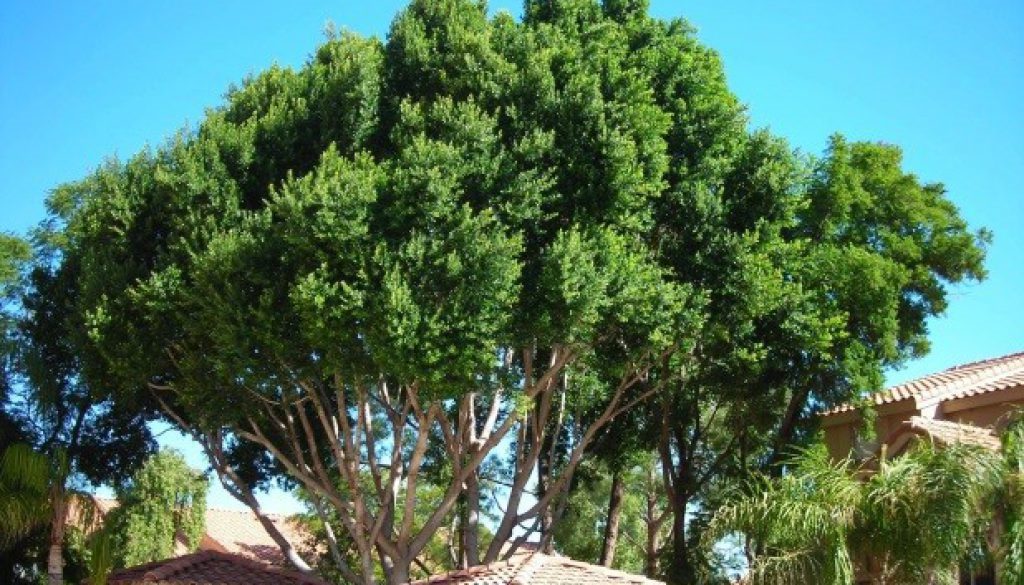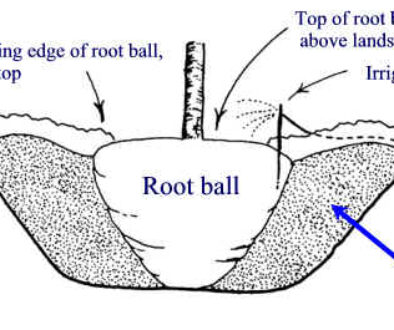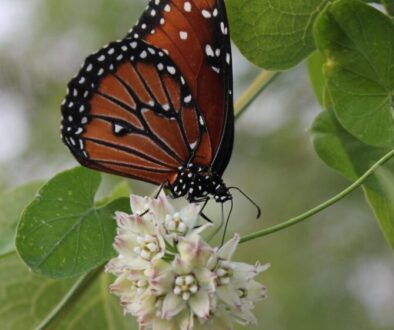Tree Care in the Arizona Monsoon Season
Monsoon season has officially been defined as the period from June 15th through September 30th in Arizona. This time of year usually brings excessive heat which is sometimes followed by high levels of moisture in the air causing vibrant thunderstorms accelerated by very fast winds. Thunderstorms in the Phoenix area present a multitude of hazards including over-saturated soil and mudslides that often strike suddenly and with violent force.
Desert trees are even more vulnerable during monsoon season as even the healthiest of roots have a weaker hold on the Earth when the soil is saturated. In this case, the bulk of the root system will become exposed if the tree falls over. If your trees are not pruned and thinned properly, they are more likely to become the victim of high winds typical of our Arizona monsoon season. Luckily, there are numerous options in prepping the trees at your home, community association, or commercial property to help ensure there are minimal broken branches and windblown trees!
Tree Assessments & Preparation
Now is the time to assess your trees to determine if they are in need of pruning before the storms arrive. The June, July, and August months are prime season to prune the desert tree species such as Palms, Acacia, Ironwood, Mesquite, and Palo Verde. The tree’s canopy should be thinned so that the winds can pass through the branches easily, causing less strain on the base of the tree. Have your professional arbor care company assess your trees in the coming weeks to see if the canopy is top heavy and full. If so, it is critical to the health and safety of your trees to remove any overly thick foliage, damaged branches or other debris left over from previous storms. They should also be lifted to a height that is comfortable enough for people to walk under.
Taking these precautions should reduce the chance of your trees being damaged or causing damage when the winds arrive during our notorious Arizona monsoon season!


So how do I prune them?
Having the proper tools to prune your tree is important to the health of the plant material. Limbs up to 1/2 inch in diameter can be pruned with hand pruners. Long-handled pruning loppers can handle limbs up to 1 inch in diameter but a special pruning saw is needed for larger limbs. Hedging shears or power hedge trimmers should not be used to prune trees because they will not be able to make proper cuts and will damage the tree.

The Three Step Method for Properly Trimming a Tree Limb:
- The first cut is a shallow notch made on the underside of the branch, up and outside but next to the branch collar. This should be .5 to 1.5 inches deep depending on the size of the branch. This cut will prevent a falling branch from tearing the stem tissue as it pulls away from the tree.
- The second cut should be outside the first cut. You should cut all the way through the branch, leaving a short stub. The bottom notch stops any stripping bark.
- The stub is then cut off just outside the upper branch bark ridge and down just outside the branch collar. It is not recommended by many arborists that you paint the wound as that can impede healing and, at best, is a waste of time and paint.
The quality of pruning cuts can be evaluated by examining pruning wounds after one growing season. The callus ring enlarges and encloses the wound over time.*
Despite the damage that these summer storms can cause, there is a beauty and benefit that follows. The monsoon season brings the valley much-needed moisture to help cool those excessive temperatures and assist with water conservation. Take full advantage of the free rainwater and adjust your irrigation schedules to accommodate water saving opportunity.
Hiring the Right Professional to Prepare Your Trees for Arizona Monsoon Season
Did you know that ELS has a complete Arbor Division with certified arborists, GIS mapping, palm tree trimming, certified pest management, tree removals, stump grinding, 3-5 year tree plans and emergency tree services? Contact Scott Cosgrove, ISA Certified Arborist, at scottc@evergreenaz.com or 602.243.1106 for more information on how ELS can assist your community today.




